Landscaping materials help to create a solid foundation beneath and around your home. The foundation is essential to the home's stability and overall support. There are a few different materials that landscapers use for this task. We have researched the most common ones, and in this post, we will discuss them.
Here are the most common landscaping materials to put around house foundations:
- Concrete
- Stone
- Steel
- Brick masonry
- Sand
- Pressure-treated wood
- Stone, concrete, and gravel aggregate
The foundation around a home needs to be supported so that the home does not collapse and so that water influxes don't affect the stability of the foundation. Continue reading to learn more about the materials used to build a solid foundation as well as how to keep water away from it.
![What To Put Around House Foundations [Best Landscaping Materials]](https://uooz.com/wp-content/uploads/2021/12/What-To-Put-Around-House-Foundations-Best-Landscaping-Materials-800x1200.png)
Common Materials Used for Home Foundations
The material used to build the foundation around a home will depend on a few factors. Common factors that determine the best material to use include the home's location, owner's preference, budget, and other home construction materials.
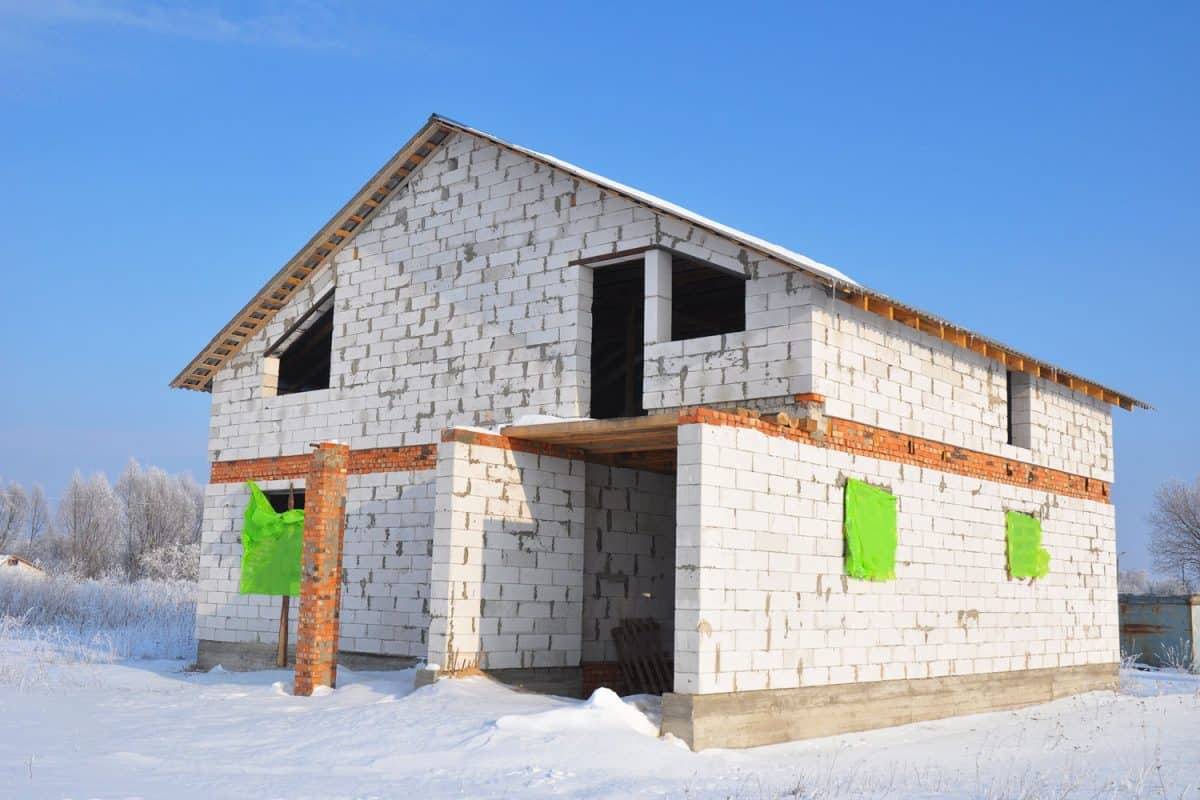
Concrete
Concrete can be used in virtually any building project. Not only is it in abundance, but it is easy to build with. Concrete hardens into an impenetrable, strong, and durable barrier that can last for decades.
It's commonly used to create watertight areas for basement and crawl space walls, and it can help keep your home's foundation safe from water. Another great thing about concrete is that you can install it yourself and save a bit of money. Of course, it helps to understand the basics of concrete in terms of curing and settling, as you don't want to have to redo the work.
If you live in an area that is prone to heavy rain or harsh winters, concrete will typically be the most commonly recommended foundation by the builder due to its resilience.
Read more: How To Keep Water Away From House Foundations
Stone
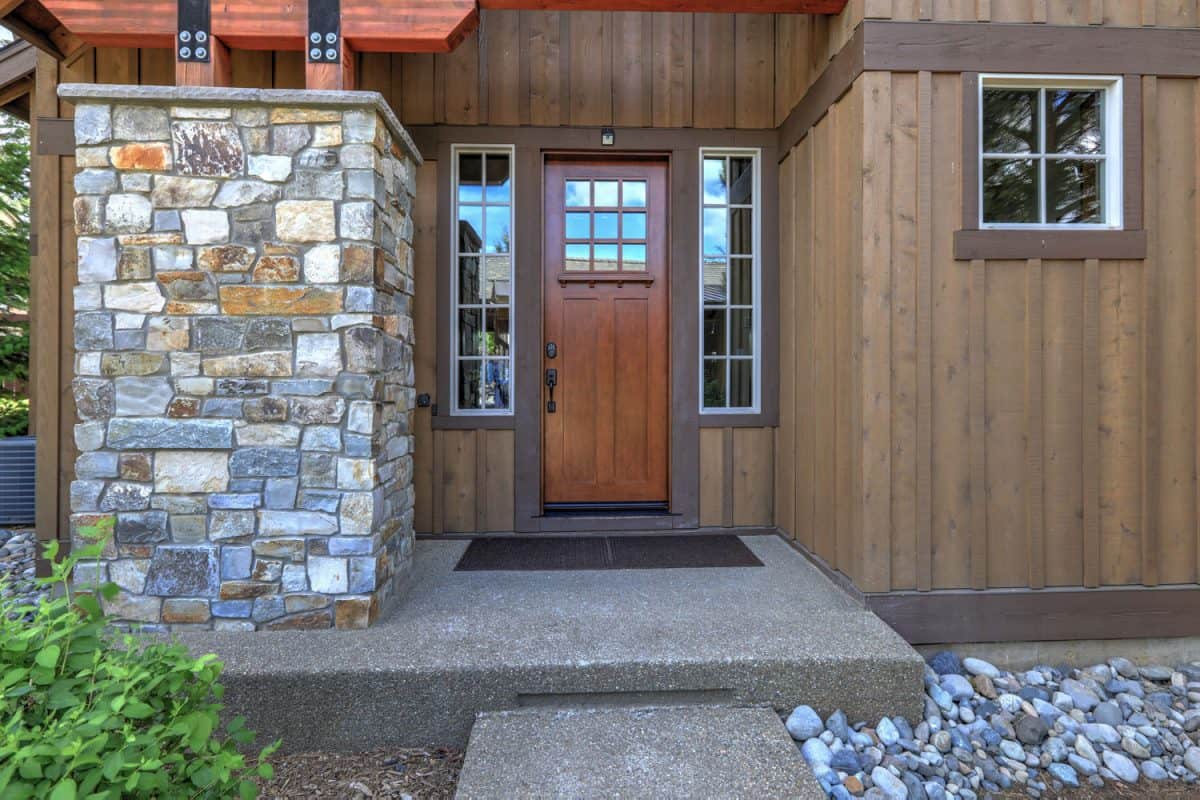
Stone has been used as a foundation-building material for centuries. Not only is it economical to use, but it's one of the most durable and strongest materials that you can utilize.
Another great thing about stone is you don't have to worry about it disintegrating if it comes in contact with moisture or pests such as termites or ants.
Steel
Steel is also commonly used as a great reinforcement material for building foundations. The most common use of steel is in the form of rods and barbs that are used to reinforce concrete slabs, blocks, or metal frames. The type of steel used for home building is typically treated so that it's rust-free and super durable.
Brick Masonry
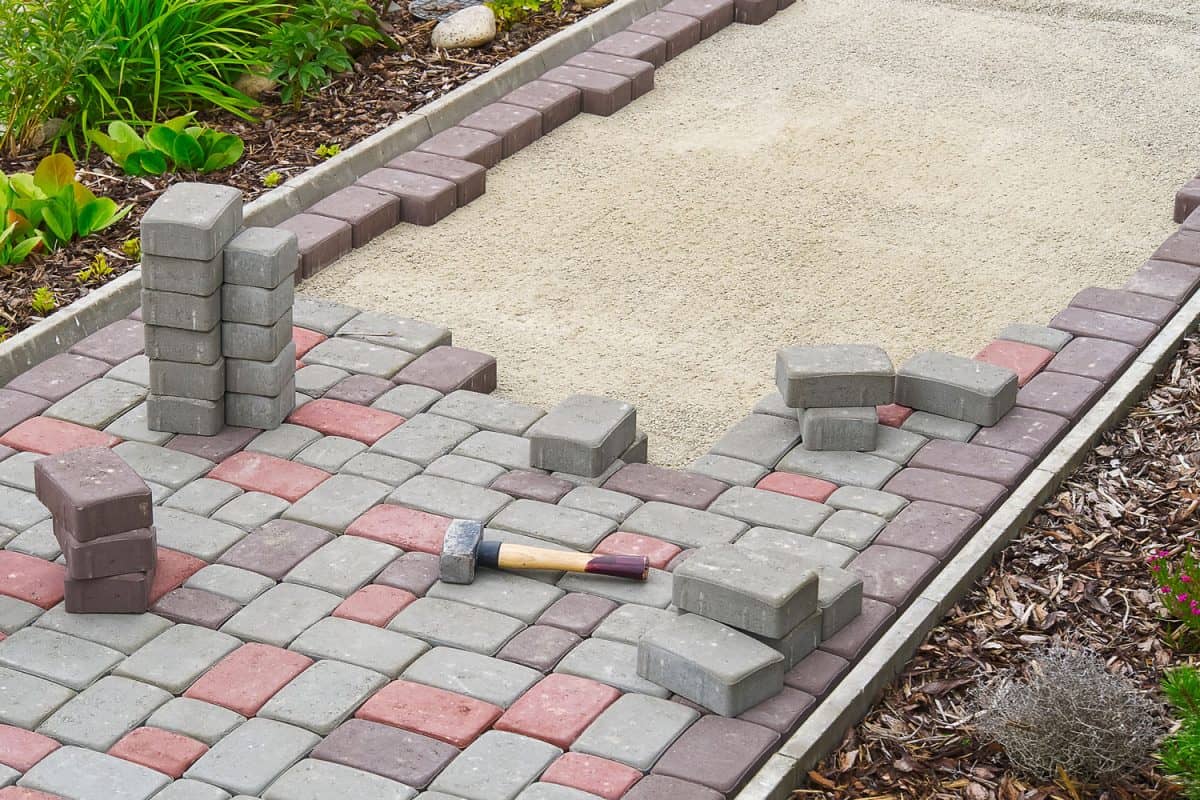
Brick masonry is one of the most popular materials used to build home foundations. Not only is it a cost-effective material, but it is very durable and super strong. Brick can stand high loads of weight, and it's very resilient to water damage and pest infestation.
It's often used to build stone walls, basement foundations, trenches, and other structures. The masonry is also commonly reinforced with steel bars to increase its load-carrying capacity and tensile strength.
Sand
You may not commonly think of sand as an essential building material, but it's often present in many of them. For example, sand is commonly used to manufacture cement, brick, and stone blocks. What makes sand so special is its ability to easily fit in the extra space between building materials.
And overall, it tends to play a huge part composition of aggregate mixtures and cement products. In fact, if you remove the sand from concrete products, you'll find yourself with a completely different material than before. Not only will it be difficult to pour the concrete into a slab, but it'll also have a relatively low tensile strength.
Pressure-treated Wood
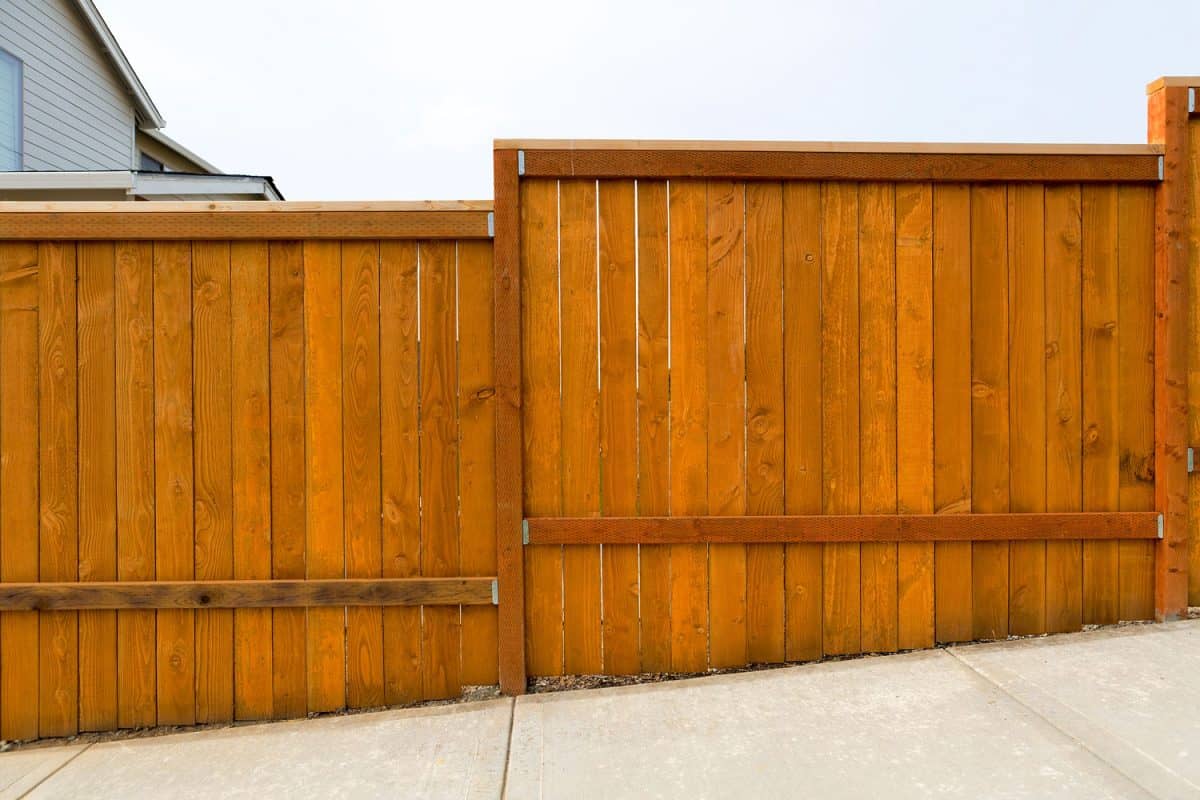
Though wood isn't as commonly used as a foundation as it happened in the past, it is still used to build homes today. Pressure-treated wood is coated with various chemicals to keep it from rotting due to moisture and wood-eating pests.
It's also a fairly easy foundational material to work with, and it can help lower your costs if you'd rather not use concrete or metal. However, pressure-treated wood isn't as stable as concrete and metal, so this should also be taken into consideration.
Stone, Concrete, and Gravel Aggregate
Aggregate is formed when various building materials—including sand, gravel, recycled concrete, and crushed stone—are blended together to form a foundation mixture. This concrete mix is impressively strong and very durable. It can be used to build home and building foundations, basement walls and floors, and trenches.
Sometimes the aggregate is used in combination with other building materials such as concrete and stone blocks. They work effectively together to provide a solid building material that is virtually impenetrable and long-lasting.
Read more: How Long Does A House Foundation Last?
How do landscapers keep water away from the foundation?
Homeowners incorporate various methods to keep water away from the home's foundation. Here are the most common ones:
Install an effective drainage system
One of the best ways to keep water away from your foundation is to use systems such as spouts, grading slopes, and drains (such as footing and French drains). A drainage system will help keep your home protected in times of heavy rainfall or excessive precipitation during the winter season.
Clean the Gutters
Gutters flow from the top of your house along the side and bottom, carrying collected water from rain and melted snow. It's common for gutters to become clogged with fallen leaves, bird nests, dead wildlife, and insects.
So it's imperative to clean them every few months or more to prevent a backup. You also want to ensure that the end of the gutters is at least ten feet away from the home. This will prevent your front or back yard from becoming flooded with excess water.
Install a sump pump
A sump pump is a cylindrical electric-operated device typically installed in the basement or the lowest point of a home. It's helpful to homes or areas that may be susceptible to flooding. When the sump pump's sensor detects an excessive amount of water, it'll automatically kick on.
It'll then pump the water from the basement to the drain beneath the home and out through the drainage system. The pump can help prevent sewer backups, mold formation, and reduce indoor humidity levels in your basement.
Should I put mulch or rock around my house?
There are benefits and drawbacks to both options. For example, mulch can nearly double the rate at which your plants and trees grow. It also stops weeds from growing, which means less effort removing them.
On the downside, you'll typically have to replace the mulch annually or every four years depending on the type that you have. On the other hand, rocks are pretty low maintenance, and you'll likely never have to replace them. They are also so much cheaper to purchase, which can be great if you have a tight budget.
On the downside, the rocks can potentially damage any surrounding shrubs or grass in the summer since they can become very hot during the summer. They can also mess up the pH of your shrubs and allow spots for weeds to grow.
So when considering which option will work best for your home, it's a good idea to think about the landscape that will surround it as well as the amount of effort that you'll want to spend to maintain it.
Will mulch around the house attract termites?
Mulch can attract some termite species, especially during the spring and fall months when the weather is moist. Termites love moist areas, and they can easily find damp environments around your home to live and nest in. Though termites do not eat mulch, it can attract them to your home's foundation, especially if it's made of wood.
How do you mulch around a house foundation?
Here's a quick overview of how to apply mulch to your foundation:
- The weeds should be removed to prevent re-sprout. Note that mulch should only be applied after you have removed any weeds that have grown from around the house.
- Next, it's best to make sure that the soil surrounding the house slopes away from the home's foundation. This will prevent the foundation from being flooded with water and will allow the water to run away down the side or front of the home.
- Then, spray a layer of weed protector before applying the mulch.
- And finally, simply lay the mulch down in rows and make sure to overlap mulch placed on the edges of the yard to prevent weeds from growing between the gaps.
Wrapping Things Up
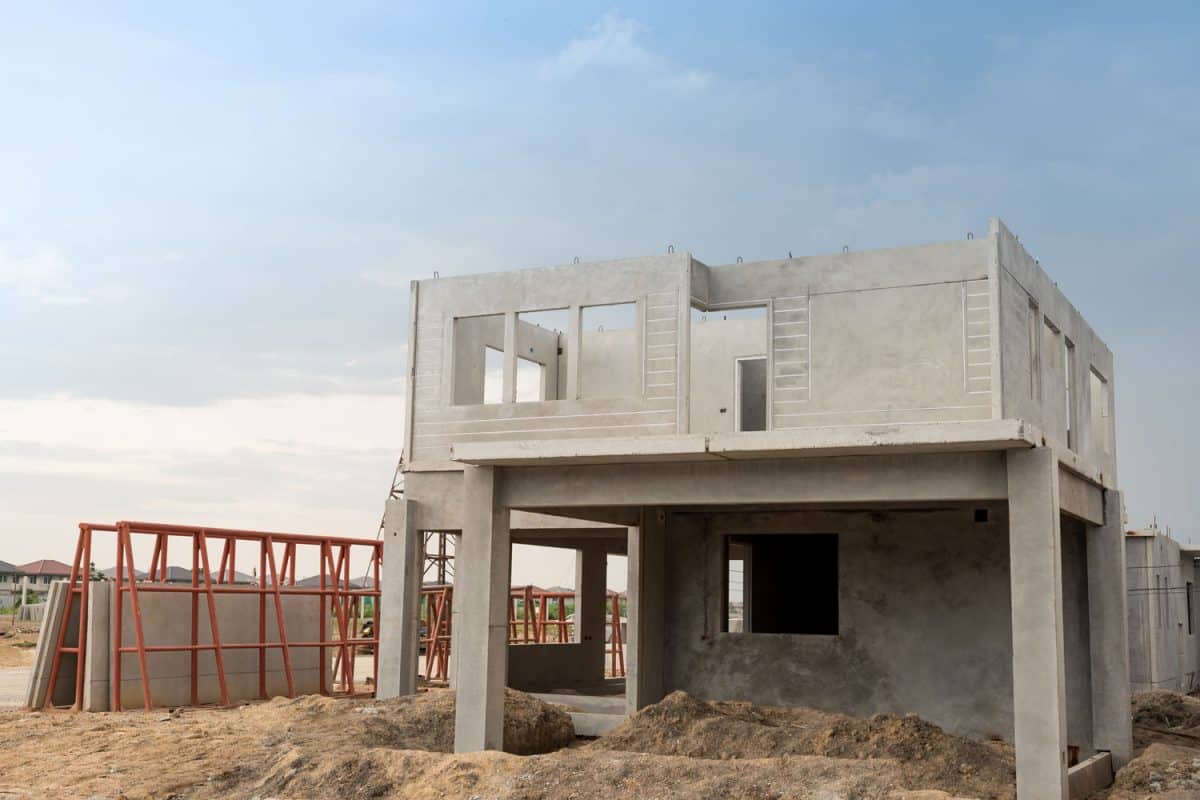
We hope this post has given you a better understanding of the most common types of materials used to build home foundations. If you are unsure about which foundation is ideal, it's best to contact an experienced home builder so that they can guide you on what will work best for your home specifically.
Before you go, be sure to check out these other posts:
